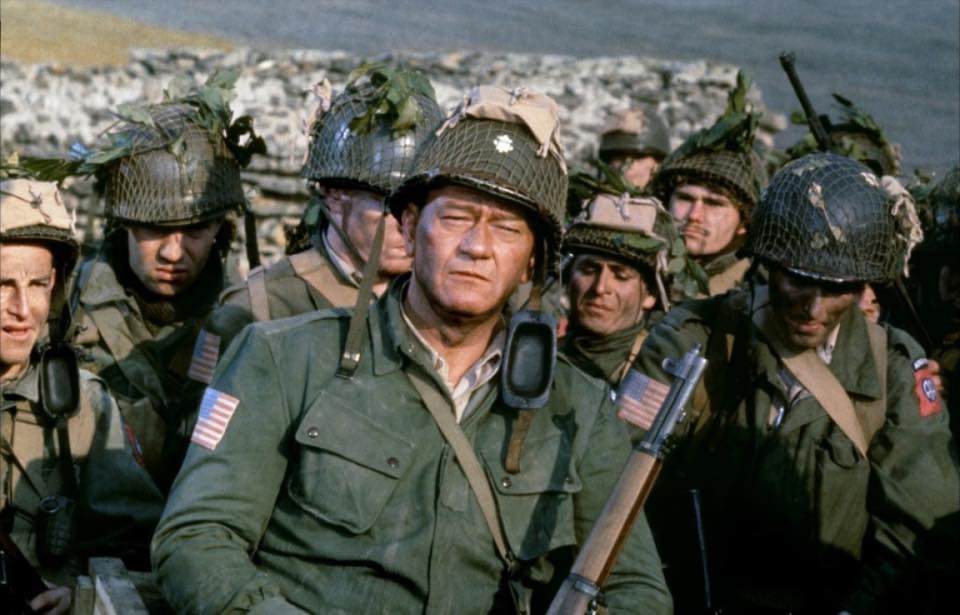The Longest Day (1962)

The Longest Day (1962): A Timeless Tribute to D-Day
The Longest Day (1962), directed by Ken Annakin, Andrew Marton, and Bernhard Wicki, stands as one of the most compelling cinematic portrayals of World War II’s pivotal event: the D-Day invasion. Based on Cornelius Ryan’s bestselling book of the same name, the film meticulously recounts the events of June 6, 1944, when Allied forces stormed the beaches of Normandy, marking a turning point in the war.
Plot Overview
The Longest Day offers a panoramic view of the D-Day invasion, weaving together multiple perspectives from both the Allied and German sides. The film is structured to show the build-up to the invasion, the invasion itself, and its immediate aftermath. It details the extensive planning, the sheer scale of the operation, and the personal stories of the soldiers, generals, and civilians involved.
The narrative unfolds through a series of vignettes, each illustrating different facets of the invasion. From the meticulous preparations of the Allied forces, including the airborne operations and naval bombardments, to the intense combat on the beaches and the German response, the film captures the chaos, heroism, and strategic complexities of the day.

Themes and Significance
- Heroism and Sacrifice: At its core, The Longest Day is a tribute to the bravery and sacrifice of the soldiers who participated in the invasion. The film portrays the courage of the Allied troops as they faced formidable defenses and enormous obstacles. It also acknowledges the German defenders, who fought tenaciously to protect their positions.
- Strategic Complexity: The film emphasizes the complexity of the operation, highlighting the immense coordination required between the different branches of the military and the challenges of executing such a large-scale invasion. It provides insight into the planning and execution of the operation, showcasing the strategic brilliance and logistical efforts behind D-Day.
- Historical Accuracy: One of the film’s strengths is its commitment to historical accuracy. The filmmakers conducted extensive research and used real locations to ensure authenticity. The portrayal of the events and the depiction of real-life figures add credibility and depth to the narrative.
- Collective Effort: The Longest Day underscores the collective effort required to achieve victory. It shows how the success of D-Day was the result of combined efforts from soldiers, commanders, and support personnel from multiple nations. The film also illustrates the impact of the invasion on the broader context of the war, contributing significantly to the eventual defeat of Nazi Germany.

Legacy
Over the decades, The Longest Day has been praised for its realistic portrayal of one of the most significant events in military history. Its influence extends beyond cinema, serving as an educational tool that provides viewers with a deeper understanding of D-Day. The film’s meticulous attention to detail and its respectful homage to those who fought and died have cemented its status as a classic in war cinema.
In conclusion, The Longest Day remains a powerful and poignant reminder of the courage and sacrifice displayed during D-Day. Its portrayal of the events of June 6, 1944, offers an enduring testament to the bravery of those who shaped the course of history.











